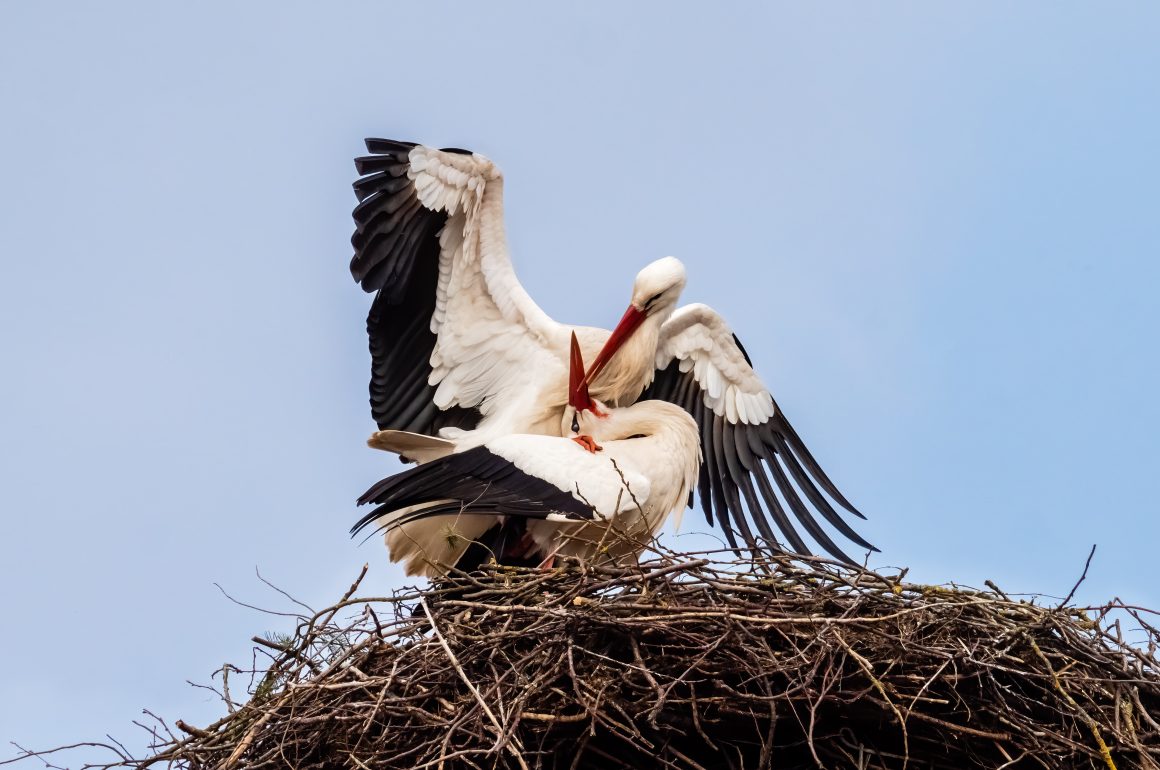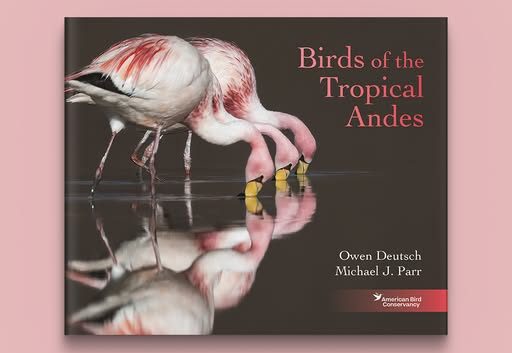PROTECT YOUR DNA WITH QUANTUM TECHNOLOGY
Orgo-Life the new way to the future Advertising by Adpathway
Nests are as varied as the birds that construct them. Nests are a place where eggs are laid and where they develop. Some nests are no more than a spot, such as a shorebird’s scrape of indentation in the beach sand, while other birds’ nest sites are more elaborate, like the weaverbirds.
Most of the songbirds we see build nests. The young are raised there, but so is a horde of parasites, which makes the nest useful for only one clutch. That is why it is not a good idea to handle an abandoned nest with your bare hands, because you could become the next host for these pests.
Woodpeckers excavate nest holes. After raising their brood, the hole is abandoned. But, other birds, such as bluebirds, are quick to move in.
Great Horned Owls may take over a squirrel nest or a crow nest for their own use.
Larger birds like eagles, hawks and storks reuse their nests from previous years. They will return to it in the spring. They will add new twigs and branches to the nest. Some eagles’ nests are so large they look like someone dropped a bale of hay in a tree.
Whatever method they use, birds will always have somewhere to incubate eggs and raise their young.
Note: Photo of White Stork nest at top of article by Reinhold, posted to Wikipedia Commons, an online source of copyright-free photos.
Written by Leslie Kinrys
Leslie Kinrys has loved birds, since her father put a House Sparrow fledgling in her young hands. She lives and birds in Toronto, Ontario, Canada, with some trips farther afield. She enjoys seeing all species of birds, but her favourites are hummingbirds. Also, Leslie enjoys reading, listening to Country music, getting together with friends, and rooting for her baseball team: the Toronto Blue Jays.























 English (US) ·
English (US) ·  French (CA) ·
French (CA) ·